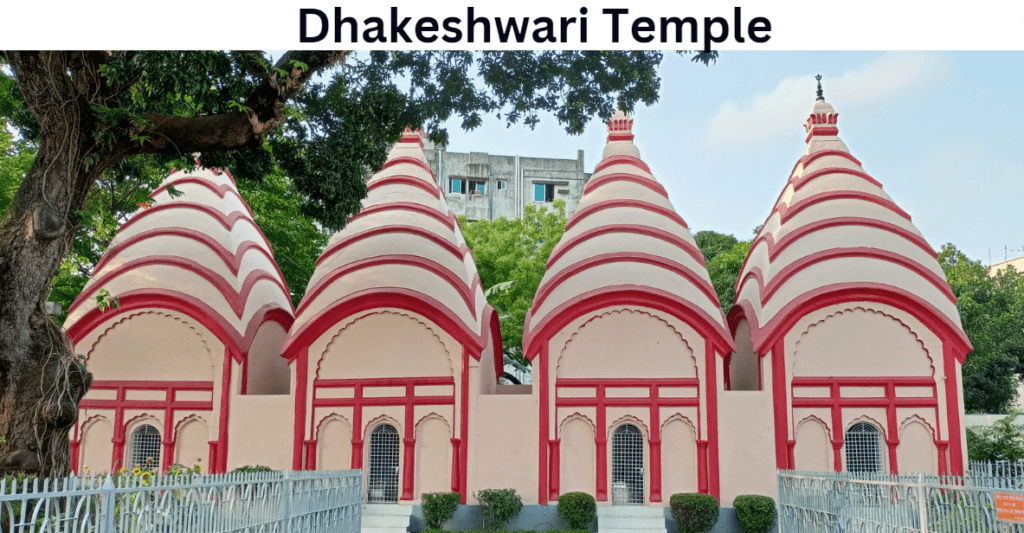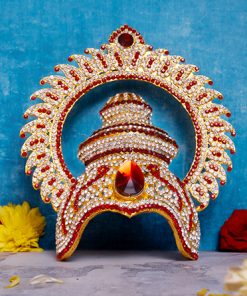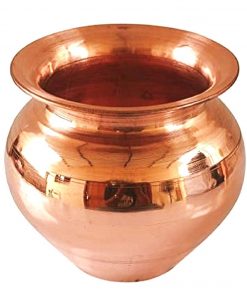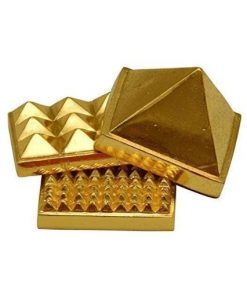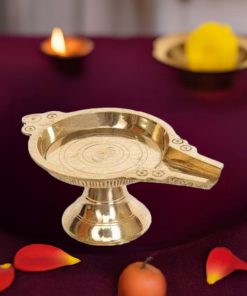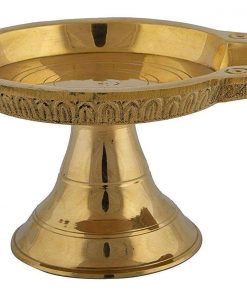Temples
Dhakeshwari Temple: History, Timings
Dhakeswari temple, located in Dhaka, the capital of Bangladesh, is listed among the top 10 largest cities in the world. The capital city has a rich cultural heritage. One of the indicators is theSaid to be built in the 12th century by King Ballala Sen, the temple was declared the National Temple of Bangladesh in 1996 after extensive campaigning by the Hindu religious group.
The Dhakeshwari temple has withstood the test of time and a fair amount of damage owing to invasions, communal conflicts, and Bangladesh’s freedom struggle. The temple, which has undergone numerous renovations, now stands as a symbol of grit, determination, and courage and predominantly represents the faith of the people living in this region for centuries.
A Glimpse into the Past
The temple conserves the rich mythological and historical past.
According to Hindu mythology, when God Vishnu cut devi Sati’s body into 51 parts to bring Lord Rudra out of his grief of losing his goddess, the crown jewel fell here, making it a powerful Shakti Peetha.Linking to this mythology is the historical tale of King Ballala Sena of the Sena dynasty dating back to the 12th century. Devi Durga appeared in the King’s dreams and asked him to build her a home in a particular area.
He found Durga Maa’s idol in the area and built a magnificent temple for the all-knowing goddess. He installed the goddess figurine and called her Dhakeshwari as she lay hidden in the densest part of the jungle.Since then, the temple has seen multiple renovations. A journal published in 1912 states that the current architecture of the temple dates back to the 1700s.
Things to know before visiting Dhakeshwari Temple
One of the noteworthy points is that the goddess installed here, i.e., the idol, is a replica of the original version. The 1947 partition of Bengal saw turbulent times.
Fearing the safety of the main goddess, the priests wrapped the idol and secretly shifted her to a newly built temple in the Kumartuli area, where she resides to date.
The Bangladesh independence war of 1971 was one of the darkest times in the temple’s history. Much of the temple’s architecture was mutilated and was used by the Pakistani troops as an ammunition storage unit. On gaining independence, the then government set out to renovate the temple as one of its primary jobs. Since then, the temple has emerged as a major Hindu pilgrimage destination. A sea of devotees throng to the temple to celebrate Krishna Janmashtami and Durga puja with much fanfare. These two festivals represent the culture of the Bangladeshi Hindus, who take pride in their customs and celebrations.
Puja Timings In Dhakeshwari Temple
The temple remains open to devotees and visitors from 8:00 AM to 7:30 PM throughout the week barring the afternoon hours between 2:00 PM and 4:30 PM.
One can also visit the four Shiva temples constructed by King Mansigh in the 16th century in the North East corner of the temple complex, making it a prominent shiva shakti peeta.
The three rooms structure of the temple has beautiful wooden carvings on the door. The temple offers a peaceful alternative to the otherwise bustling locality.
The temple complex also offers space for marriages and other ceremonies. So it is okay to find the temple busier than usual on one of your visits.
As with other Hindu temples in Bangladesh, people are advised to wear traditional attire as a mark of respect for the goddess.
dhakeshwari temple opening time
The entire temple complex at Dakshineswar is roughly 54.4 bighas large and cost Rani Rashmoni about Rs 42,500 to build. On the auspicious “snana-yatra” day, May 31, 1855, the idols were set up. Hours of operation from October to March are 6:00 am to 12:30 pm and 3:30 pm to 8:30 night.
No longer covered by dense forests, the temple now attracts millions of visitors each year, making it one of the popular tourist destinations of Bangladesh. The temple continues to thrive as a symbol of unity in the Muslim-majority nation.
puja Items :-

